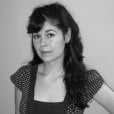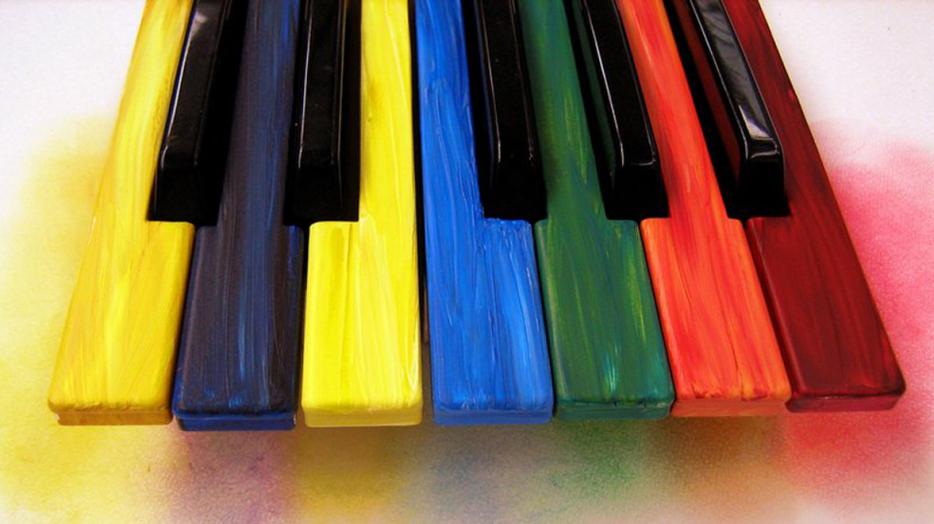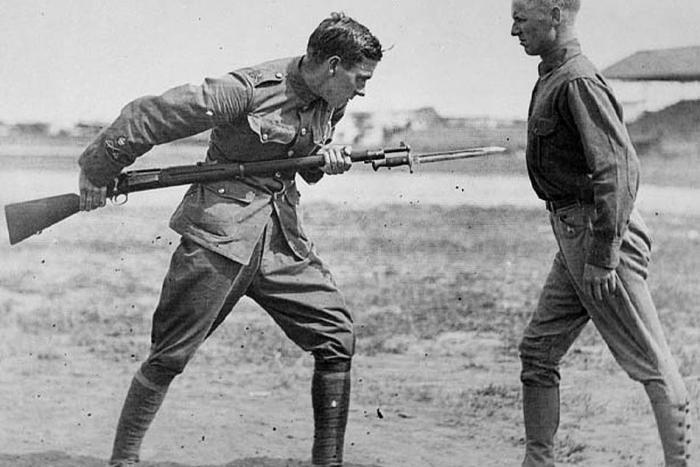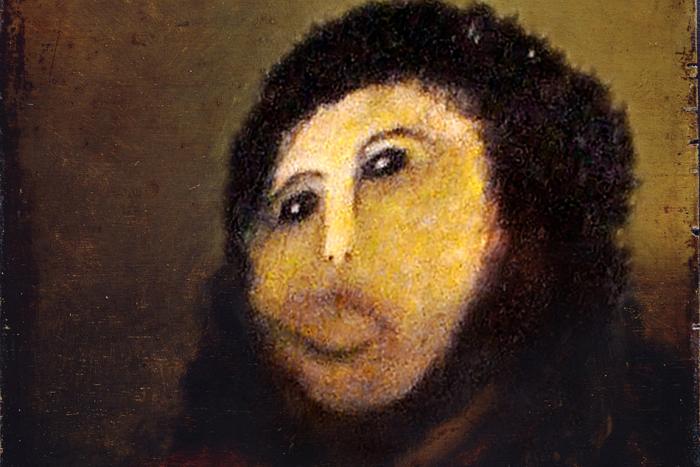Synaesthesia is the mental aberration I always wish I had. It seems as if it would make writing poetry as easy as arranging your bookshelves by colour. Sometimes I’ll fake it for myself for fun, imagining colours for words or personalities for numbers—I’m pretty sure 4 is a timid younger sister and 9 is a bossy older sister. But for a real synaesthete these experiences are involuntary—they don’t have to imagine them.
But maybe I should be careful what I wish for. A new study in the journal Personality and Individual Differences, conducted by a team of UK researchers headed by Michael J. Banissy of University College London, suggests that synaesthetes are different from you and me—they’re grumpier.
We already know that synaesthetes share some atypical behaviours in addition to having atypical neural functioning. Previous studies conducted in the UK and Australia have shown that synaesthetes are more likely than other people to become artists, either professionally or as a hobby. This is no surprise, since a visceral experience of words or music is what all artists are gunning for. Duke Ellington described his synesthetic experience of music saying, “I hear a note by one of the fellows in the band and it’s one colour. I hear the same note played by someone else and it’s a different colour. If Harry Carney is playing, D is dark blue burlap. If Johnny Hodges is playing, G becomes light blue satin.” There are also famous scientists and mathematicians for whom colour-coded numbers have revealed important patterns: Nobel Prize-winning physicist Richard Feynman described an equation as full of “light-tan j’s, slightly violet-bluish n’s, and dark brown x’s flying around.”
The UK researchers wanted to find out whether synaesthetes also differed from the general population in terms of their personalities. They assembled a group of 81 grapheme-colour synaesthetes (people for whom words bring on colour hallucinations) of an average age of 44 to test their personality profiles.
Banissy et al. put the synaesthetes through a number of personality and empathy tests, including the Big Five Inventory. The Big Five are the five categories psychologists use to classify personality traits: openness, conscientiousness, extraversion, agreeableness, and neuroticism. The questions are statements you can rate your level of agreement with, and they ask things like, “I see myself as someone who tends to find fault with others,” or “is considerate and kind to almost everyone.”
What they found was that the synaesthetes scored lower on the the “agreeableness” measure than their control group. Banissy et al. don’t include a breakdown of what average scores were on which questions, but the questions that generally indicate a not-so-agreeable person are the ones asking if you see yourself as someone who “starts quarrels with others,” “can be cold and aloof,” and “can be moody.”
The researchers were surprised by this finding, and scratched their heads a bit before suggesting that, maybe, “negative views and disbelief expressed by others concerning synaesthesia can diminish Agreeableness.” If you ask your mother not to say the word “corduroy,” because hearing it makes you taste sour milk, and she tells you to put your corduroys on and stop being ridiculous, you feel both nauseated and betrayed.
The study also found that synaesthetes scored highly on measures of openness—reporting yourself “curious about many different things,” and liking to “play with ideas.” The researchers also administered two tests measuring empathy—the Inter-Personal Reactivity Index and the Empathy Quotient. The notable difference between the synaesthetes and the control group was that the synaesthetes scored higher on the Fantasizing Scale of the first of these tests, measured by level of agreement with statements like, “When I am reading an interesting story or novel, I imagine how I would feel if the events in the story were happening to me.”
The researchers proposed an explanation for why synaesthetes were more open and more prone to fantasizing than the general population—that “the presence of synaesthesia causally affects the development of these particular personality traits.” I guess once you have first-hand experience of musical notes triggering a fleet of triangles that race each other across your field of vision, you’re willing to consider any number of outlandish ideas.
Even if it comes at the price of being a moody, irritable person, I think I still wish I had synaesthesia. It would be so nice to know the word “conundrum” is blue rather than having to guess, and that “green” is actually bright red. If it was good enough for Nabokov (and Nabokov’s mother, wife, and son), it’s good enough for me.
--
Studies Show is a weekly column that appears every Thursday






